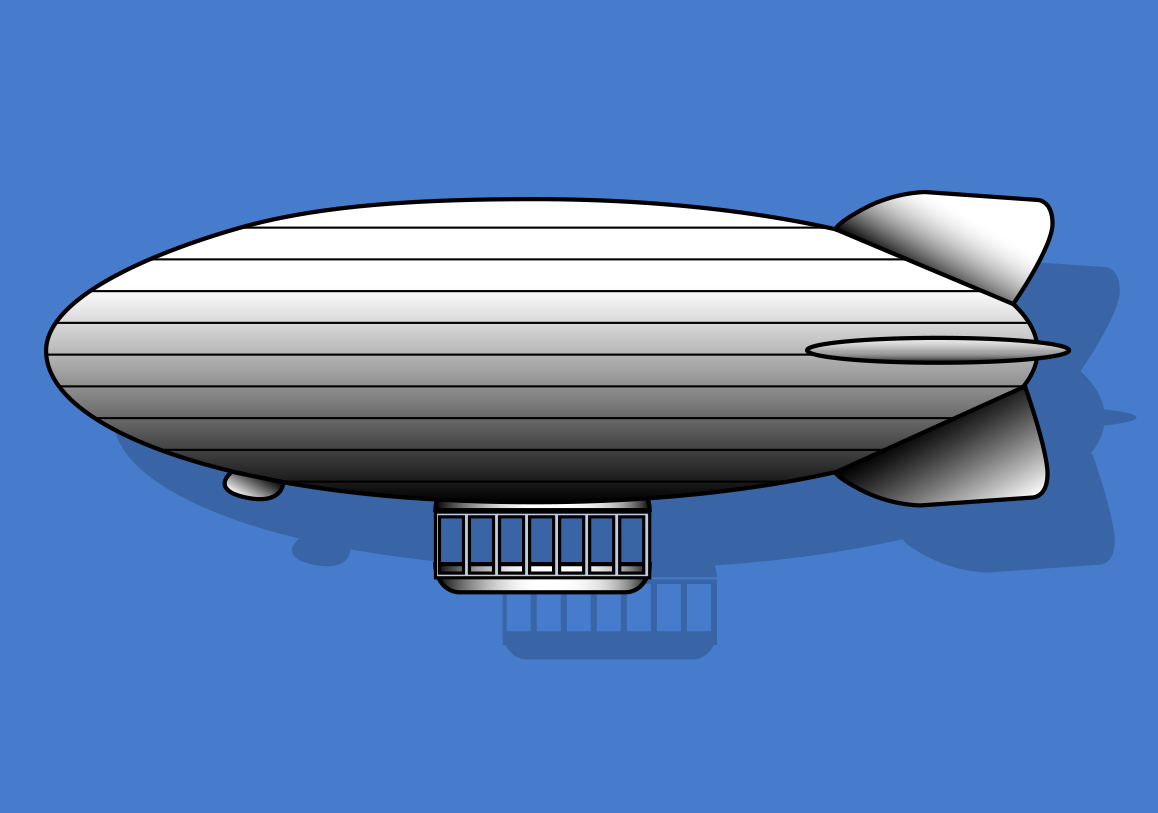If you have been following the news, you would know that Deutsche Bank is in some hot water. Nik Dvornak, co-manager of the Platinum European Fund, explains what really is going on and how serious DB’s problems really are.
Banks fail because they are 1) illiquid, 2) insolvent, or 3) both.
Deutsche Bank does not have a liquidity problem. They hold EUR 200 billion of highly liquid assets (12.5% of the balance sheet) which are enough to withstand a serious bank run. But ultimately it doesn’t matter, because the European Central Bank (ECB) can and will provide unlimited liquidity support to the bank, if needed.
The solvency question is more nuanced. Normally banks become insolvent because they can’t recover money from borrowers or counterparties; they don’t have as many assets as they thought. But the value of Deutsche Bank’s assets isn’t being questioned. Rather, it’s the value of their liabilities that has the market in a spin.
According to its latest disclosure Deutsche Bank faces 14 sets of legal actions. These are contingent liabilities because Deutsche only has to pay if it loses a case. Both the probability of losing those cases and the amount they would have to pay are unknown today. Deutsche makes an estimate and has set aside EUR 5.5 billion for these contingencies. It recently emerged that the US Department of Justice (DOJ) has offered to settle the largest of these actions for EUR 13 billion.
Of the EUR 5.5 billion Deutsche has provisioned for these contingent liabilities, EUR 3.5 billion is thought to be ear-marked for this particular case. This leaves Deutsche Bank EUR 9 billion short. It also raises the question of whether the EUR 2 billion of reserves set aside for the remaining 13 cases is sufficient or if more will be needed.
Answers are not forthcoming, most likely because they are unknowable. Remember, this is a proposed settlement, not a penalty awarded by a court. And the DOJ has a history of ‘high-balling’ and then negotiating down. For example, Goldman Sachs was hit with a similar figure and ultimately settled for USD 5 billion. EUR 9 billion is therefore a worst case scenario.
Against this EUR 9 billion claim and 13 other outstanding cases, Deutsche Bank has EUR 120 billion of loss-absorbing capital and, under basic assumptions, around EUR 4 billion in annual earnings. There is simply no reasonable chance that these litigation costs will cause a loss to the bank’s depositors, clients or counterparties, let alone trigger a systemic crisis.
It is possible, however, that shareholders and the holders of some equity-like instruments may end up taking a hit. This relates to a second problem. While Deutsche meets its capital requirements today, the required level of capital will ratchet up each year until 2019; it’s a moving target. By the end of 2019 the bank will need EUR 49 billion of capital, and it currently has EUR 43.5 billion. This leaves a EUR 5.5 billion shortfall that has to be progressively closed over three-and-a-half years.
With EUR 4 billion of annual earnings, this would not be a problem. But if they also need another EUR 9 billion to settle with the DOJ, then it becomes a very close call (they would need to earn EUR 4.1 billion each year: (EUR 5.5 billion + 9.0 billion) / 3.5 years).
There are a lot of moving parts. They may end up settling for well under EUR 13 billion with the DOJ. But equally, earnings are volatile in this business and may end up being significantly lower than EUR 4 billion. There is little in the way of a margin of safety, particularly where fear-driven clients choose to close accounts or cut relationships because of bad press.
However, this is reflected in the stock price. The shares are currently trading at roughly a 75% discount to book value. This indicates that the market is pricing in a reasonably high likelihood of a dilutive capital raising.
Holders of some hybrid instruments are at risk if the bank’s capital falls below a certain trigger level, which would trigger the automatic conversion of these bonds into equity. This seems unlikely under current circumstances as it is hard to see how the issues described above would erode capital so much as to trigger a conversion. However, they are now vulnerable should the bank experience a second or third unexpected shock.
NB: Platinum does not own Deutsche Bank in any of its portfolios (current as of the date of publication of this article).
DISCLAIMER: The above information is commentary only (i.e. our general thoughts). It is not intended to be, nor should it be construed as, investment advice. To the extent permitted by law, no liability is accepted for any loss or damage as a result of any reliance on this information. Before making any investment decision you need to consider (with your financial adviser) your particular investment needs, objectives and circumstances. The above material may not be reproduced, in whole or in part, without the prior written consent of Platinum Investment Management Limited.


